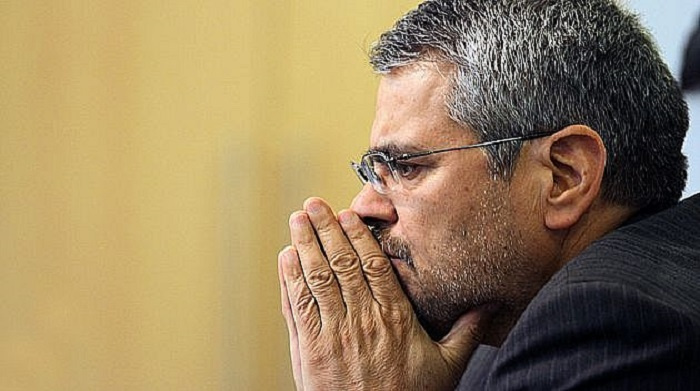Security Council Resolution, Building Block for Lifting of Sanctions

Based on the statement made by Dr. Zarif, “For the first time, the Security Council has recognized the enrichment program of a developing country”. Peaceful use of nuclear energy by Iran is also mentioned in the draft of the proposed resolution. Through this resolution, Iran’s enrichment is no longer considered as an activity which threatens international peace and security and could not be used to impose sanctions against Iran.
The adoption of the new resolution in the Security Council is significant from the legal and political points of view. Politically, the issue of the lifting of sanctions and recognition of enrichment and the peacefulness of Iran’s nuclear program are among the issues which are agreed upon for the first time in the UN Security Council. Based on this draft, all of the six previous resolutions which included threats, sanctions and suspension of Iran’s nuclear activities will be lifted simultaneously with Iran’s implementation of its commitments.
Thus, Iran has been able to, without the implementation of the binding resolutions of the Security Council, lift the illegal and oppressive sanctions against it and gain access to the blocked resources and remove the financial, banking, economic, trade and oil sanctions and move towards economic development and international cooperation. Hence, Iran will no longer be considered as a threat against international peace and security and move forward its nuclear program according to the agreed regulations and by taking voluntary measures. Legally, this resolution is the building block for the lifting of sanctions and normalization of Iran’s nuclear dossier within a certain period of time from the Council’s agenda.
In the details of Iran’s agreement with the P5+1, it is said, “With the adoption of the new resolution under Article 25 of the UN Charter, while mentioning Article 41 of the Charter related to the lifting of the previous sanctions, changes will be made in the nature of the Security Council’s approach towards Iran.” What is this change in the nature of the Council’s approach?
Article 25 of the Charter is under the “Obligations and authorities of the Security Council” and asks all member countries of the UN to accept and implement its decisions. What is needed in the present resolution is the commitment of all seven negotiating parties (particularly the US) to implement their obligations under the resolution and also the acceptance of all UN members of this resolution and not resorting to any measures beyond this framework. In fact, mentioning this article both commits the governments and highlights its binding for all of them.
The Islamic Republic of Iran has repeatedly pointed out Article 25 and Article 24 in its reasons against the Council’s sanction resolutions. Article 24 reiterates that in implementing its obligations, the Council is limited to the principles and objectives of the Charter and Article 25 binds all countries to observe all adopted issues based on the Charter. We believe that the Security Council is a legal institution which acts within the framework of the Charter’s principles and objectives and since Iran has not taken any measure which would threaten international peace and security, the Council has basically acted beyond its obligations and authorities in imposing sanctions against Iran.
It is stated in the Security Council resolution regarding Iran that, “Under Item 41 of the UN Charter, ten years after the acceptance day of the Comprehensive Plan of Action, which is defined in the document, all the items of this resolution will be cancelled”. Does mentioning this item mean that Iran’s nuclear dossier will remain under Chapter 7 of the UN Charter which discusses the threat against peace, violation of peace and aggression?
The objective behind mentioning Item 41 of the Charter was to prevent pointing out Chapter 7. Chapter 7 includes a collection of items particularly items 41 and 42. Item 41 includes punishing measures of the Council except the use of force and Item 42 includes the use of force. Mentioning Item 41 while it does not point out Chapter 7 considers the nature of the adopted measures in the resolution and its annexes as non-violent punishing measures of the Security Council.
With regard to the exit of the “non-proliferation” item from the Council’s agenda, about which the issue of our country was pursued under the same item in the Council, Item 8 of the present resolution postpones its exit to ten years after the three months which have passed since the adoption of the resolution (ten years and three months after its adoption). The positive point in this item is that the hands of the opposing parties in the prolongation of this process would be tied and a defined time for the exit of this item from the Council is set. This issue, along with limiting the resolution to Item 41, is tangible progress made in this regard which must be viewed against “measures taken under Chapter 7 and unlimited maintenance of this item in the Council”.

